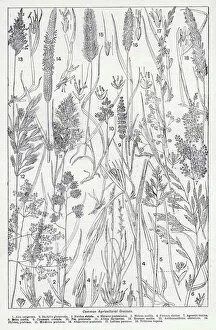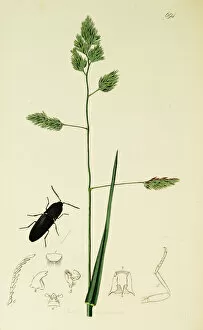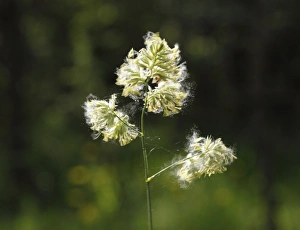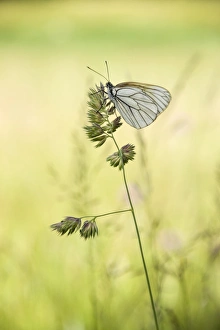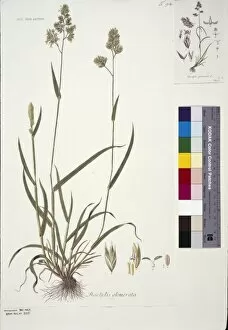Dactylis Collection
"Dactylis: Common Agricultural Grasses and their Ecological Significance" Dactylis, commonly known as cocksfoot or orchard grass
All Professionally Made to Order for Quick Shipping
"Dactylis: Common Agricultural Grasses and their Ecological Significance" Dactylis, commonly known as cocksfoot or orchard grass, is a widespread agricultural grass species found in Germany and Europe. This versatile plant plays a crucial role in the ecosystem and has been depicted beautifully in Curtis British Entomology Plate 694. With its distinctive inflorescence, Dactylis glomerata stands tall among other grasses. Its dense clusters of flowers release flying pollen, creating a mesmerizing sight across meadows in Germany and Europe. The importance extends beyond its aesthetic appeal. It serves as an essential forage crop for livestock, providing nourishment to grazing animals throughout the year. Farmers rely on this hardy grass due to its high yield potential and ability to withstand various environmental conditions. In addition to supporting agriculture, Dactylis glomerata also acts as a habitat for numerous insect species. The black-veined white butterfly (Aporia crataegi) can be spotted gracefully perched on these grass blades in Thuringia, Germany. Furthermore, Dactylis proves beneficial even at smaller scales. A girl delicately holds cat grass seeds in her palm—a testament to the plant's use as an indoor gardening accessory that provides cats with necessary nutrients while satisfying their natural instincts. The ecological significance does not end there; it attracts diverse insects such as the yellow dung fly (Scathophaga stercoraria) which launches itself off these sturdy blades during flight—an impressive display of nature's interconnectedness. Even beetles find solace on Dactylis glomerata leaves—captivating close-up shots reveal their intricate patterns against the backdrop of this resilient grass species.

